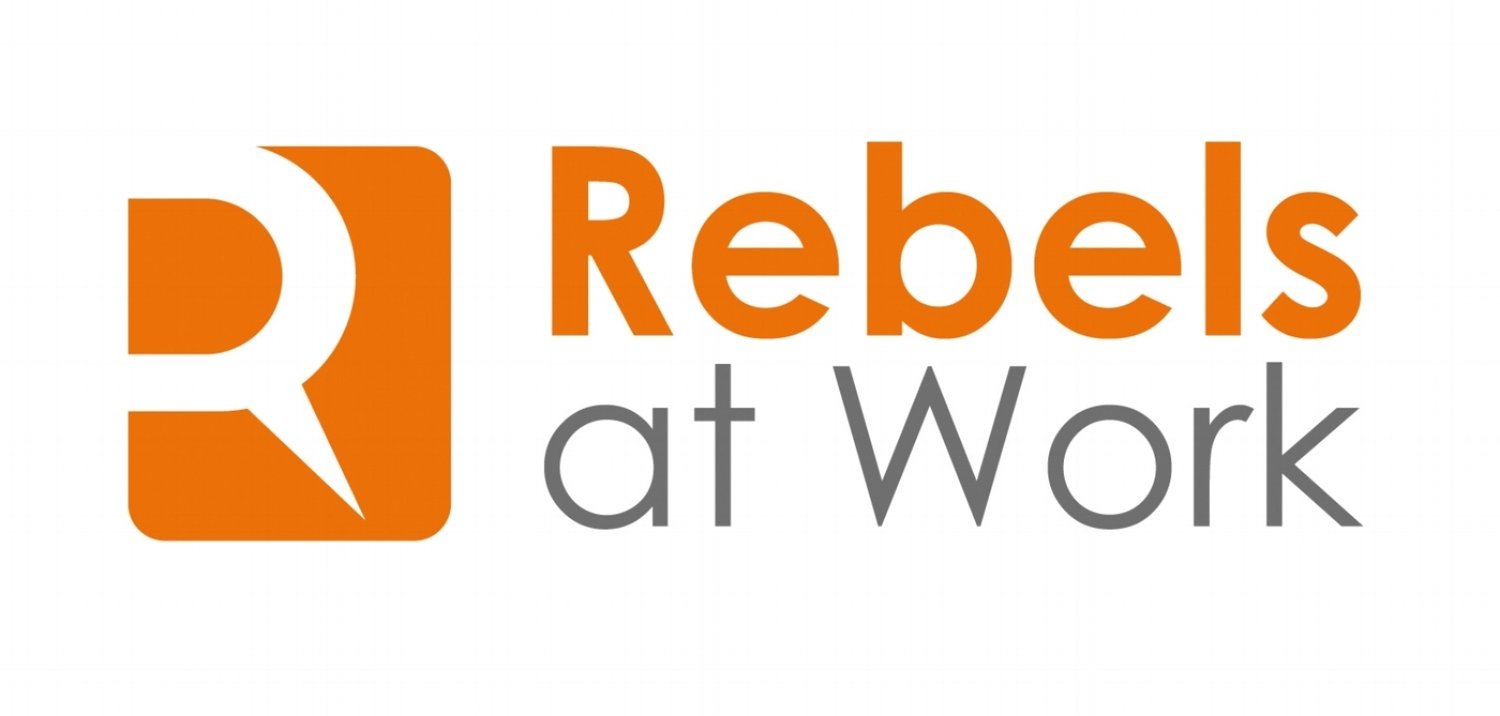 What advice do you wish someone had given you earlier in your career?
“Don’t climb, lift,” said veteran analyst John Bordeaux in his Rebel at Work story.
What advice do you wish someone had given you earlier in your career?
“Don’t climb, lift,” said veteran analyst John Bordeaux in his Rebel at Work story.
There’s much to take away from this advice. One question might be, “What allows us to lift?"
Optimism lifts. Skepticism requires climbing.
I remember my first week on a new job talking with a team of discouraged people, demoralized because their client was unhappy with their work.
“Let’s try to show the client how much we're accomplishing. How about we change the monthly report formats and list everything that we’ve accomplished each month in bullet points, right at the top,” I suggested.
“Yeah, right,” said Cindy. “What happens if we don’t achieve those kinds of results?”
Though I had only been at the agency a couple of weeks I was optimistic that we'd be able to achieve more, especially if we changed a few approaches to the work.
"If we do these two things every month I really think we’ll be able to report some results that will make the client happy. Let’s just try it for a couple of months and see what happens.”
This optimism accomplished two things. The team didn’t resist my new ideas, although they were contrary to the way most teams did things at the company, and the team did in fact achieve results that surprised them and the client. Someone genuinely believing they could succeed lifted the team, and they achieved more than they thought possible.
Optimism has a powerful influence on people. It helps us to take a chance, do something new, invest in an alternative approach.
This is not about chirpy, fake platitudes and those motivational “Dare to do the Impossible” posters posted on bulletin boards near the lunchroom. I'm talking about adopting a mindset focused more on possibilities than problems.
In a world where the voices of the skeptics and naysayers seem to shout the loudest, we optimists quietly and persistently keep going. We do so because we believe that our idea is possible. We see the reasons why it can work and the value it will provide. We follow our passions, know and use our strengths, are open-minded and open-hearted, and we often reflect about what is working and where we can do things differently.
Sure we fall back and get frustrated, too. Big time. But it’s how you respond to setbacks that influences how likely you’ll be able to find the energy to get up and continue on.
How optimistic people achieve more:
- Attract supporters. People prefer to be part of teams that believe what they’re doing is achievable. They also get energy from being around optimistic people, so they like to be on your team.
- Get the ear of more people. Even if people don’t agree with our ideas, they are more willing to listen to us and have a conversation.
- Self-motivate themselves. When you believe something is possible it motivates you to stay with the idea, keep gathering information, ask questions, get input, think how to improve on it. Doing this makes the idea even more likely to succeed.
- Determination without stress: Persistence and determination are easier to sustain when you have an optimistic attitude. Make no mistake that being a rebel at work is stressful, but a positive perspective can make it less exhausting. Optimists ride the possibility wave to keep motivated. Pessimists tackle persistence and determination by pushing a rock up hill. People want to surf with you. Pushing heavy objects up steep hills, not so much.
- Trigger contagiousness. Positive ideas get talked about. Ones that connect with rational and emotional desires hop on the word of mouth train. “Here’s a way we can do our work faster, easier, safer, with more fun, and with much fewer headaches.” Sign me up to help.
- Look inviting. People who are negative show creases on their foreheads, furrows between their eyes, squint marks by the sides of their eyes, bags under their eyes from lack of sleep. I admit this is a superficial benefit of optimism, but looking healthy and restful also attracts more people to you than when you look haggard. Think about it. Who do you like to chat with around the proverbial water cooler? A positive, healthy looking person or someone who is stern, overly serious and coiled like they might strike if you say the wrong thing?
The science of positivity and optimism
The science backs up these views on optimism.
Dr. Barbara Fredrickson, a scholar in social and positive psychology and author of Positivity: Top-Notch Research Reveals the 3-to1 Ratio That Will Change Your Life, has found that positivity opens our minds and hearts, making us more receptive to ideas and making us more creative. Positive emotions helps us to discover new skills, new knowledge, and new ways of doing things – and to recover more quickly when things don’t go well.
She suggests that we try to achieve at least a 3:1 positivity ration.
“This means that for every heart-wrenching negative emotional experience you endure, you experience at least three heartfelt positive emotional experiences that uplift you,” Dr. Fredrickson explains. “This is the ratio that I’ve found to be the tipping point, predicting whether people languish or flourish.”
You can’t force optimism and positivity, using insincere, gratuitous gestures and words. That will backfire. You have to really feel it and mean it. No platitudes and smiley faces. People see right through that.
In fact, the subtle difference between positivity and optimism is action, according to Elaine Fox, a psychologist at the University of Essex in England and author of a book on the science of optimism, “Rainy Brain, Sunny Brain.”
“Optimism is not so much about feeling happy, nor necessarily a belief that everything will be fine, but about how we respond when times get tough,” she writes. “Optimists tend to keep going, even when it seems as if the whole world is against them.”
Optimism practices
- Use new words. If something doesn’t pan out, refrain from calling it a “failure,” or worse, saying “I failed.” Sometimes things don’t work out. The idea may be too risky for the organization. You piloted a concept and the data indicated it wouldn’t achieve enough of the right results. The thinking was sound but the investment costs were far greater than the likely returns. You get the picture. If we use failure words, we label ourselves and our efforts in ways that diminish the likelihood of trying again, or of people supporting us again. We rebels are idea people. Some ideas will work brilliantly, others not so. We’re not failures. We’re thinkers and experimenters.
- Hang out with optimistic people. Not the Pollyannas but realists who see what’s possible. Creators vs. complainers. Avoid the Debbie Downers and Negative Nicks wherever possible. Including in your personal life.
- Picture it. Envision how people will feel and be better off if you’re successful. Keep this image clear. Present this image when taking about your project so people are reminded of the big picture benefit. Ask an artsy friend to make an image of it, for you to use when you have to make a presentation about the idea. Or find a metaphorical image that inspires you. (I like the rising moon image in this post.)
- Try to work on things that interest you. This isn’t always possible but when we’re determined it’s interesting to see how we can shift assignments and responsibilities, especially when we can demonstrate why the work we WANT to work on is important to the organization.
- Tune out. Though we rebels tend to have insatiable curiosities, there are some things we should stay away from. Like people who over use fear and anxiety to get attention and manipulate feelings. Hysteria clouds perspective and balanced thinking.
- Do one scary thing a year. Something that interests you but you find intimidating, as in “I don’t think I could ever do that.” Or, “I’d be way out of my league if I took that course.” “What would I say if I agreed to give a speech like that in front of those people?” The thing about doing one scary thing a year is that it builds up your confidence. You will almost always find that you do better than you think you could, or you were welcomed warmly by people you don’t usually associate with. The benefit? Your optimism increases. You believe that more is possible.
- Turn to learning: When you hit roadblocks and frustrations turn to learning and questioning. “What could I learn that would help me figure this out? What’s beneath what’s going on here?” Questions open you back up to possibilities and restore optimism. Don’t stay parked in dead ends.
